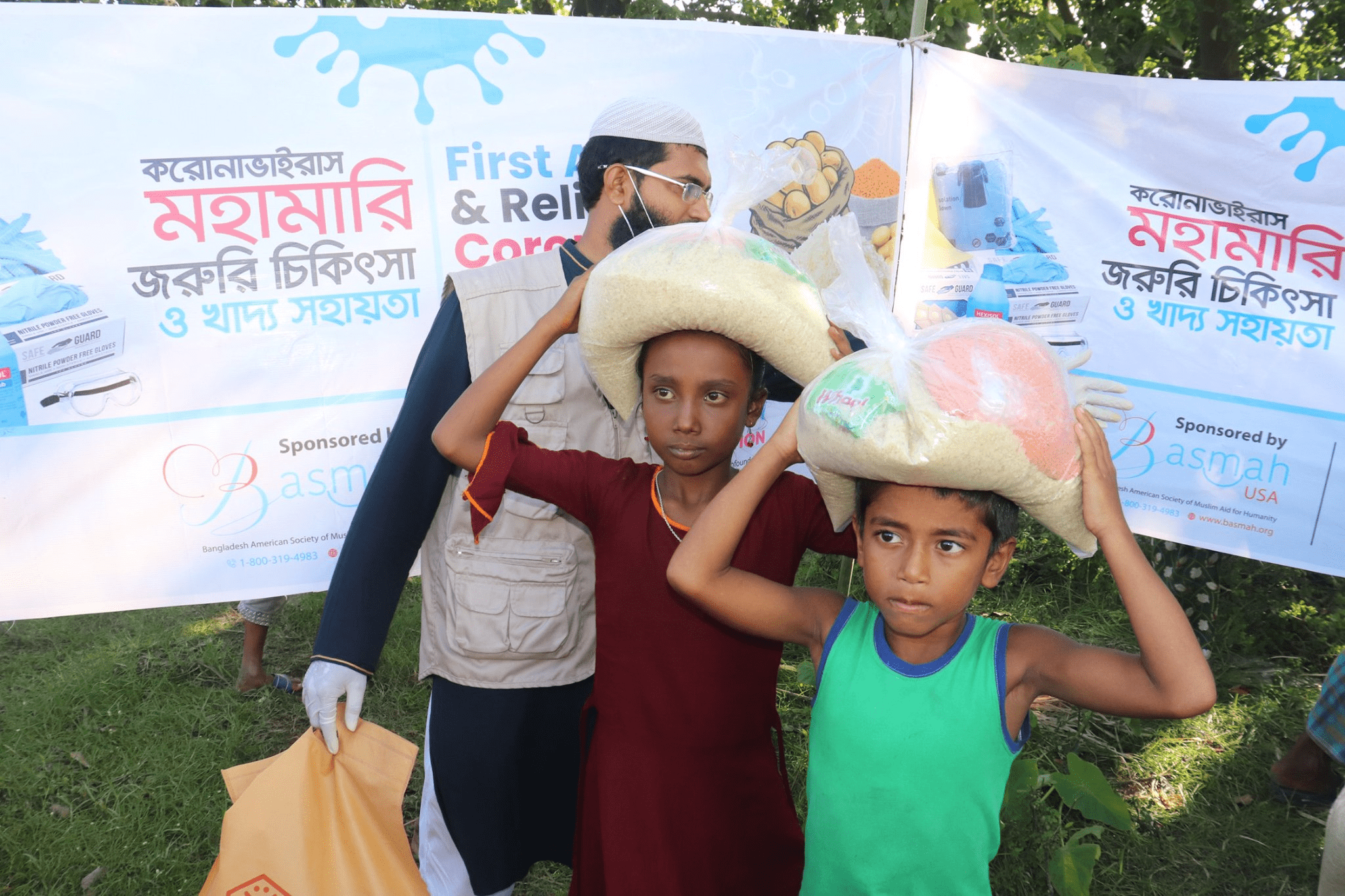The Danger of COVID-19 and other Diseases in the Rohingya Camp
Rohingya Camp
By Tahia Asad of Purple Sheek Media
The Rohingya community displaced by conflict are uniquely vulnerable to pandemics. In fact, displaced populations are particularly vulnerable to infectious diseases, and are more likely to die from infectious diseases than anything else. This is because their immune systems are often depleted, often having had limited access to food, drinkable water, and healthcare, and living in overcrowded and unsanitary camps. Health infrastructure is already overstretched and under-resourced. A report for the Centre for Humanitarian Health at John Hopkins University has nonetheless suggested that a large-scale outbreak of Covid-19 in the camps is very likely and would lead to thousands of deaths. Pre-existing Diseases in the Rohingya Camps before COVID-19
Almost immediately after the influx of Rohingya refugees into Cox’s Bazar in late 2017, the World Health Organization detected a rapid and ongoing spread of diphtheria in the camps. Diphtheria, like Covid-19, is transmitted through respiratory droplets and spreads quickly in overcrowded, unsanitary conditions with compromised immune systems. The presence of cholera and acute watery diarrhea in Bangladesh, combined with overcrowding, lack of access to safe water, and high rates of malnutrition in the camps, could result in an outbreak having “the potential to kill thousands”. The pre-existing prevalence of acute respiratory infection is a strong indicator that Covid-19 would spread easily in the camps.
While diphtheria has a vaccine, and cholera a treatment plan, Covid-19 vaccines are yet to reach the refugees. In the absence of a vaccine or effective treatment, social distancing, self-isolation, and good hygiene practices have proven to be the most effective ways of staying safe during the Covid-19 pandemic. “But, what is COVID-19?”- asks the Rohingya Refugees Many living in the Cox Bazar are illiterate and do not know what COVID-19 is—let alone strategies to combat infectious diseases. Organizations will come to the camps and yell over loudspeakers about the current situation, but this method is highly ineffective, creating more ruckus than actually being informative. Since the Rohingya belong to no country, they do not have access to higher education, hence why illiteracy is very high. Due to their inability to comprehend the severity of COVID-19, many do not take any precautionary measures, rather more are perturbed about their livelihood and identity as stateless citizens.
Social Distancing for COVID-19 isn’t possible at Rohingya Camps Most Rohingya refugees live in cramped shelters covered with tarpaulin, and access to food and potable water is limited; it generally requires daily walks and waiting in queues. People also need to walk to and queue for overburdened and overcrowded hygiene facilities, including toilets – and they have limited access to soap. For communities that are displaced by conflict; social distancing, self-isolation, and access to soap and water are immediate challenges. For many of these people, the ability to isolate themselves from others is “a luxury”.
Misinformation is further resulting in people who feel unwell not disclosing this information because of frightening rumors about what authorities do to people showing symptoms of Covid-19. In addition to the impact this might have upon the spread of the disease, it further increases fear, insecurity, and stress among the Rohingya. So far, experience has shown that responding to the coronavirus pandemic requires early action, well-resourced and organized health care, socially disciplined and well-informed populations with the capacity and resilience to respond, and space and time. These are in short supply in refugee communities.
Rohingya Camp






